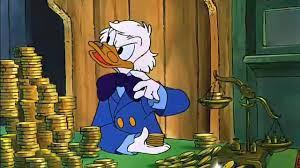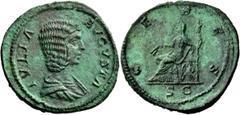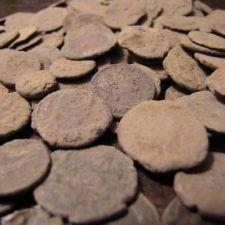 Sartre called coin collecting a hobby for dull old men. Well, I started collecting as a dull young man 60 years ago. I’ve been selling coins too, for more than half that time. But Sartre was wrong. I can hardly calculate how much numismatics has enriched my life (and not just financially, though that’s important). To say that it enhances one’s sense of history hardly begins to explain. It has been a great window onto the vast pageant of the human enterprise. The connections involved, with other actual humans, are rewarding too.
Sartre called coin collecting a hobby for dull old men. Well, I started collecting as a dull young man 60 years ago. I’ve been selling coins too, for more than half that time. But Sartre was wrong. I can hardly calculate how much numismatics has enriched my life (and not just financially, though that’s important). To say that it enhances one’s sense of history hardly begins to explain. It has been a great window onto the vast pageant of the human enterprise. The connections involved, with other actual humans, are rewarding too.
And the quest, the chase, is challenging and fun. One never knows what will turn up. Many coins are not cut-and-dried, but can entail all sorts of intriguing nuances.
Many suppose that if a coin is old it must be valuable. Not so. Remember that past epochs didn’t have credit or debit cards, checks, Paypal, etc; even paper money is a relatively recent invention. Before then, all money was in the form of coins – so they needed a lot of them. And tons of those coins (many thousands of tons) have actually come down to us (especially since the advent of metal detectors).

Quality is in fact where a lot of the spice of numismatics lies. A coin can be very common and cheap in crappy condition but very rare and desirable if well preserved. The true connoisseur relishes this difference. I am frankly much the condition snob when it comes to my own collection. Yet I’m also a bottom feeder about price. Those might seem incompatible, but for me there lies the sport of the thing: trying to find good quality at good prices. (This paid off spectacularly when my Chinese collection was sold in a 2011 Hong Kong auction. Good coins brought very good prices but excellent ones brought insane prices.)

My Julia Domna sestertius
I have written before about collecting ancient Roman coins in particular. Recently I got a really nice quality sestertius (large bronze coin) of Julia Domna (wife of Roman Emperor Septimius Severus, 193-211 AD). From a Swiss auction, it cost me about $550. I was very happy with it, replacing a not-so-great one in my collection, and I liked the price. I liked it even more when I researched it online and found that the same coin had been in a different Swiss sale just a year earlier, where it sold for $4,086! Evaluating ancient coins in particular can be very subjective, and such price variances make the game pretty darn interesting.

Ancient coins in more typical condition
Pricing is, of course, governed by the law of supply and demand. The vast majority of old coins are cheap because there are so many of them. What makes a coin rare is that there are few of them (duh), and if many collectors seek one, that drives prices up.
But the demand factor is not the same across the board, for all kinds of coins. This blog post was in fact prompted by my seeing, in a Dutch (Schulman) auction catalog, a 1697 Holland Leeuwandaalder (“Lion dollar”). These coins were issued in great numbers by numerous Dutch provinces for a long period, so in general they are quite inexpensive for large old silver coins, available for $100 or less. But this 1697 is the only one known from the province of Holland with that date.

1697 Lion Dollar
So how much is it worth? A comparable U.S. coin – suppose only one 1797 Dollar existed – would be worth millions, because many people collect U.S. Dollars by date. But how many collect Lion Dollars by date? Those people are almost as rare as that 1697 coin. It carried an auction estimate of just 500 Euros. That struck me as quite inexpensive for such a rarity. So did I put in a bid? No; because I doubted I could find a buyer.*
Yet still that’s a very exciting coin, and things like this are also part of what makes numismatics so much fun. It’s full of piquant byways. The longer I’m at it, the richer grows the experience.
* It wound up selling for 750 – with added fees, just about $1000.
Advertisements